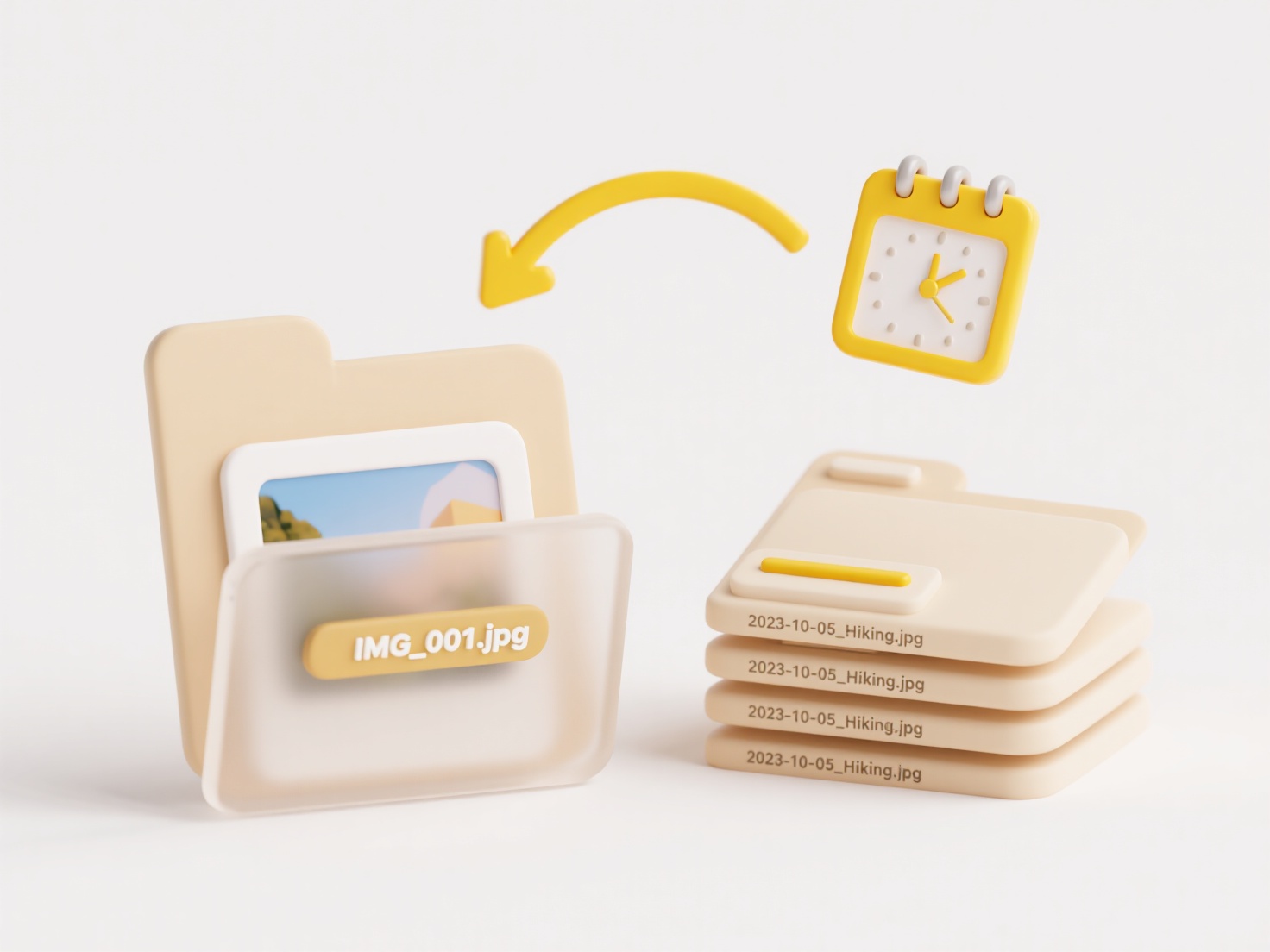
Presentation appearance differences between Mac and Windows stem primarily from how each operating system handles fundamental graphics rendering and typography. While modern computers follow shared display standards like resolution, each OS uses its own underlying technologies to draw text, shapes, and images on the screen. Key distinctions include font rendering techniques (e.g., subpixel antialiasing), variations in default system fonts, and differences in how colors are managed or interpreted. Even screen calibration defaults vary.

These differences manifest clearly in presentation software like Microsoft PowerPoint or viewing applications. A slide using the Calibri font might appear slightly thicker or thinner on one OS versus the other. Graphics relying on specific transparency effects might display differently. Zoom level precision can also cause unexpected layout shifts between systems. Video playback performance and colors might also show variance. Software designed with Adobe Creative Suite tools might encounter similar rendering discrepancies when viewed across platforms.
These variations pose challenges for consistent branding and cross-platform collaboration, requiring presenters to test their work extensively on the target viewing OS when critical. Mitigation strategies include using cross-platform fonts like Arial or system UI fonts, embedding fonts within the presentation file, exporting presentations as PDFs for fixed layouts, and leveraging high-resolution graphics. Future standardization efforts and cloud-based presentation tools aim to reduce these discrepancies.
Why does the presentation look different on Mac and Windows?
Presentation appearance differences between Mac and Windows stem primarily from how each operating system handles fundamental graphics rendering and typography. While modern computers follow shared display standards like resolution, each OS uses its own underlying technologies to draw text, shapes, and images on the screen. Key distinctions include font rendering techniques (e.g., subpixel antialiasing), variations in default system fonts, and differences in how colors are managed or interpreted. Even screen calibration defaults vary.

These differences manifest clearly in presentation software like Microsoft PowerPoint or viewing applications. A slide using the Calibri font might appear slightly thicker or thinner on one OS versus the other. Graphics relying on specific transparency effects might display differently. Zoom level precision can also cause unexpected layout shifts between systems. Video playback performance and colors might also show variance. Software designed with Adobe Creative Suite tools might encounter similar rendering discrepancies when viewed across platforms.
These variations pose challenges for consistent branding and cross-platform collaboration, requiring presenters to test their work extensively on the target viewing OS when critical. Mitigation strategies include using cross-platform fonts like Arial or system UI fonts, embedding fonts within the presentation file, exporting presentations as PDFs for fixed layouts, and leveraging high-resolution graphics. Future standardization efforts and cloud-based presentation tools aim to reduce these discrepancies.
Quick Article Links
What causes duplicate files in a folder?
Duplicate files are unintentional copies of the same file existing within a single folder or its subfolders. This typica...
Why is a video not playing due to unsupported format?
A video may not play due to an unsupported format when the media player (software or hardware) doesn't recognize the vid...
What should I do if the app freezes during save?
If your app freezes during save, it means the application has stopped responding while attempting to write your data to ...